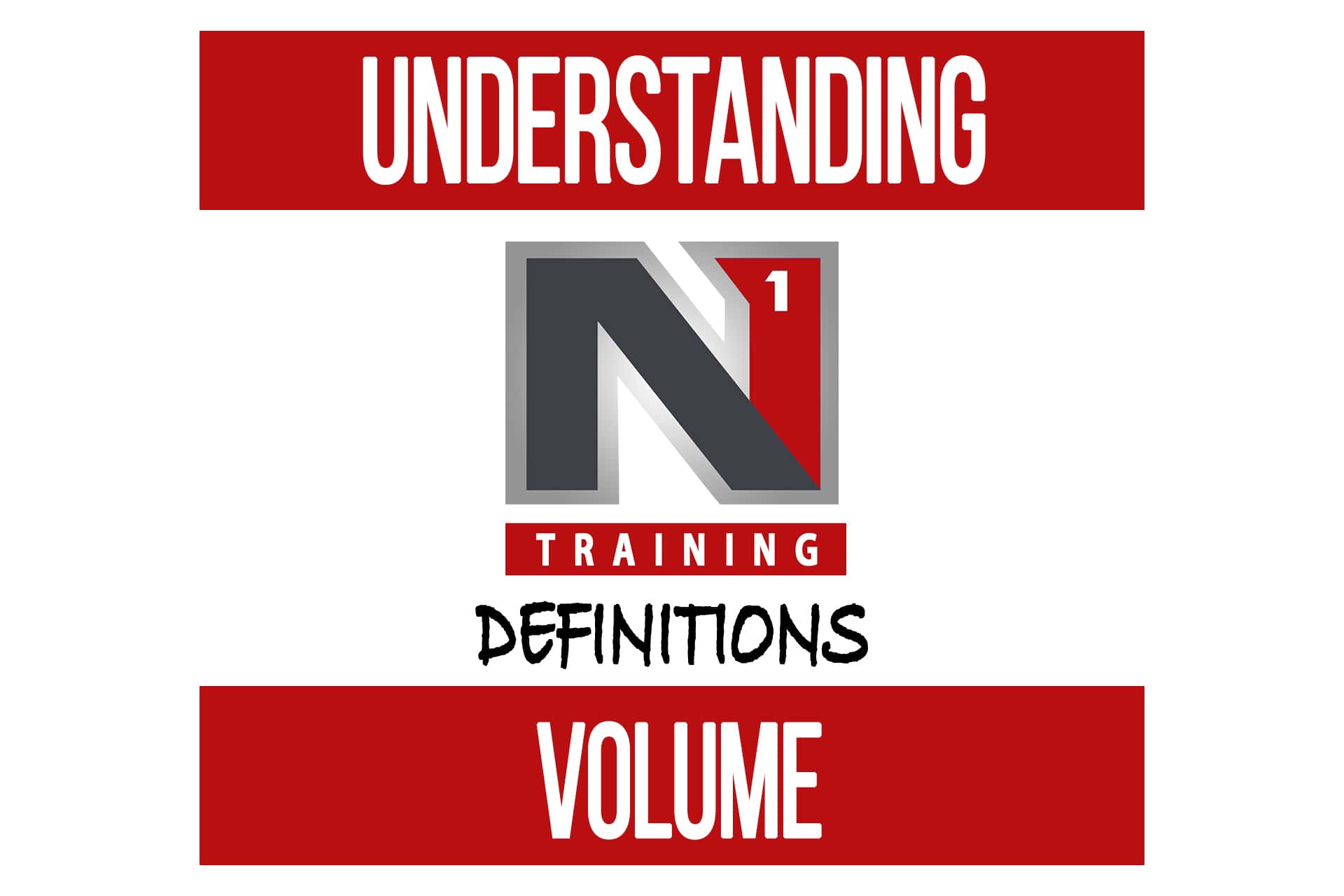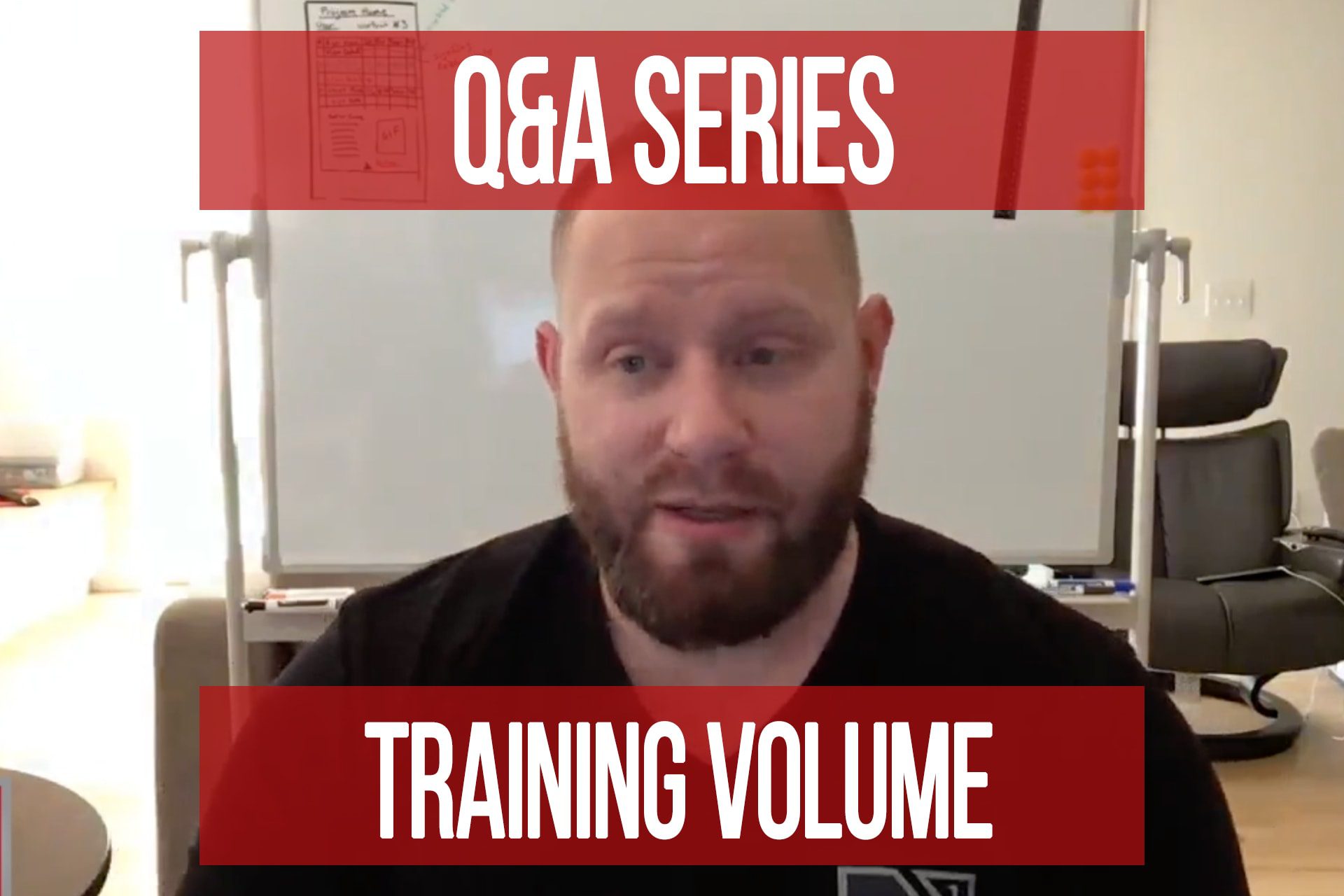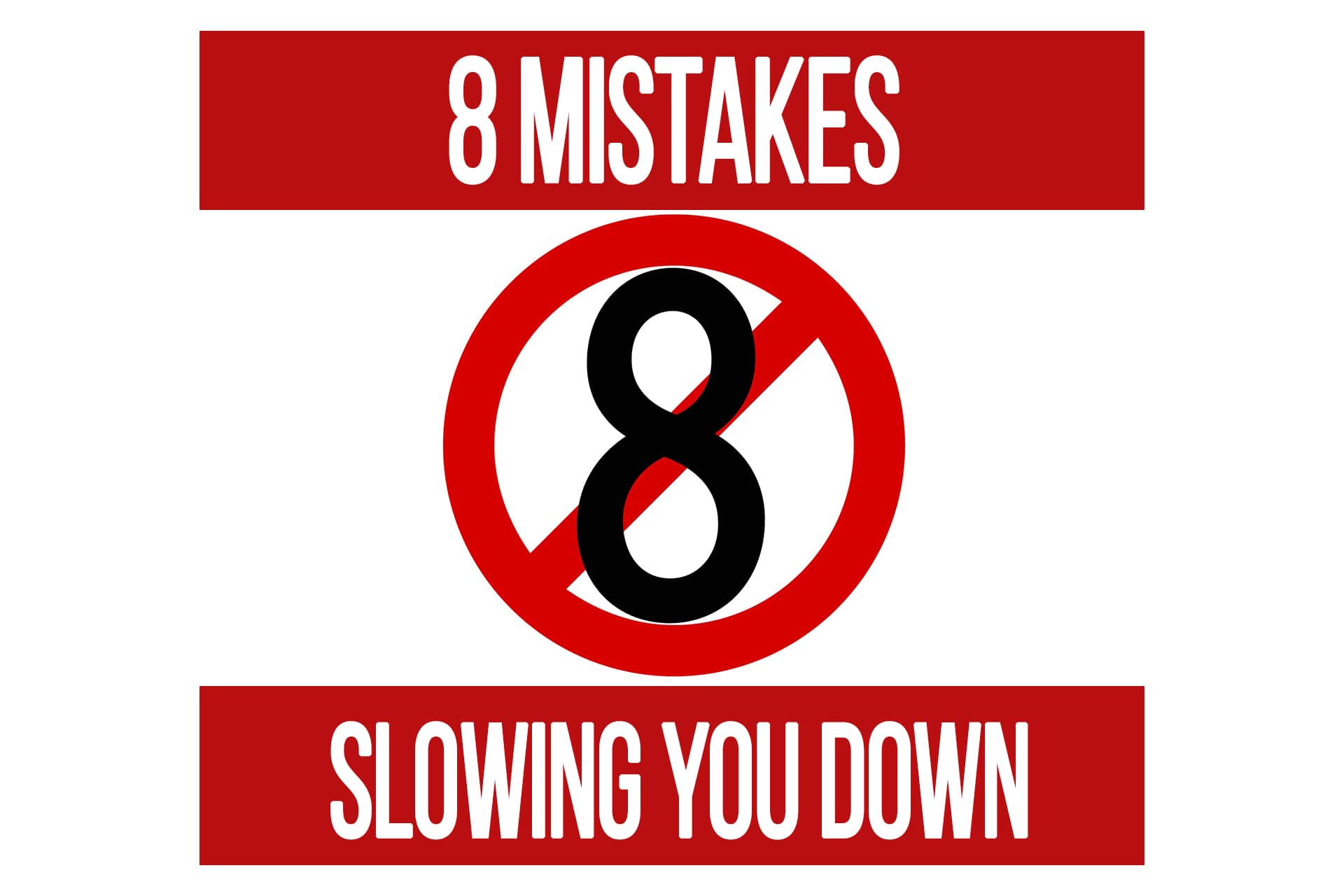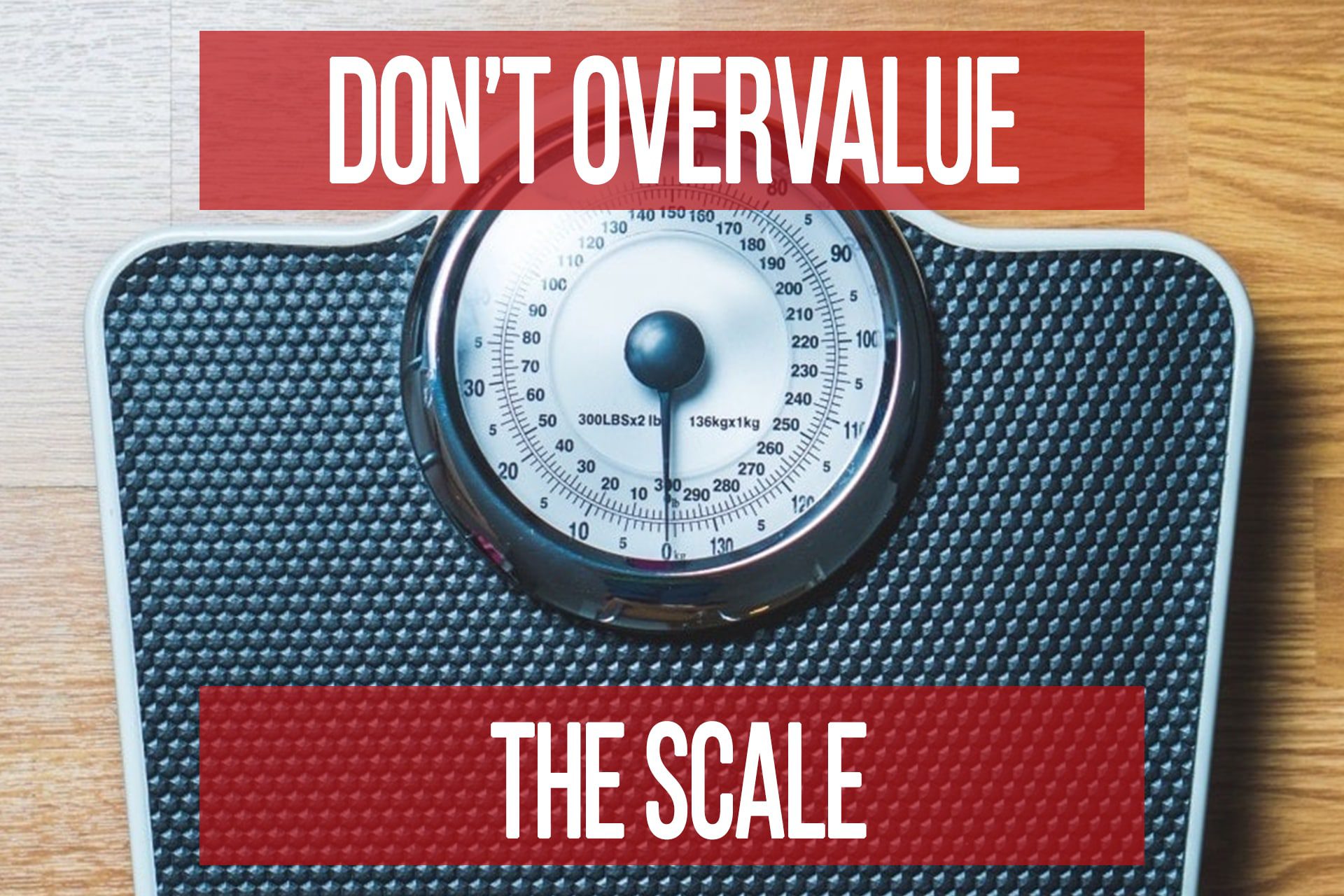De-Load: Why It Matters
n1 training
A de-load, as it relates to training, is a decrease of one or multiple stimuli for a period of time. It is more than just decreasing variables such as the number of sets or perceived effort. Intelligently utilizing de-loads is not only valuable, but essential for speeding up your ability to make progress and avoid plateaus. A de-load does not have to mean absolutely no training, although sometimes that is exactly what is needed. Depending on what the stimulus is we’re trying to take a break from we may have to change one or several variables of the workouts. There are many benefits to implementing a de-load, but here are some of the most valuable and impactful on your continued results.
De-Sensitize to a Particular Stimulus
The body is designed to adapt to physical stressors as a survival mechanism. We use this to our advantage in training to create desirable changes to our physiology. Increased muscle mass, more efficient nervous system, improved endurance and stamina are all adaptations to the stimulus we create in training. However, subjecting your body to the same stimulus for too long will decrease the rate at which your body adapts over time.
By implementing a de-load, a break from a given stimulus, you will desensitize your body to that stress. This does not mean you will totally lose your adaptations, but simply that when you reintroduce it you’ll start responding again almost as quickly as when you first began. We go much more in depth on this process and how we can leverage it to our advantage in the Nutrition & Program Design for Trainability course.
De-Load to Decrease Inflammation
Inflammation can be a result of many factors and is not always a bad thing. Acute inflammation is part of a healing response from the body. However, excess or chronic inflammation can slow down your ability to recover, build muscle, and lose body fat. Subjecting your body to oxidative stress or muscular mechanical damage from training is inflammatory.
To an extent, this is good and part of the adaptation process that we are looking for. You might notice it as soreness (a.k.a. DOMS) for a day or two after training. Eventually the stress may be more than your body can recover from and the positive benefits may begin to decrease while other less desirable symptoms begin to manifest. Taking a break from these types of training stimuli can allow your body to bring down cellular inflammation which will result in several potential health marker improvements; faster recovery, increased glucose sensitivity, decreased subcutaneous water, improved pumps during training, and better quality sleep. It also means that when you reintroduce these training stimuli, you’ll be able to reap much more of the beneficial adaptations.
De-Load to Improve Detoxification
Certain types of training demand a large supply of your body’s resources to run recovery processes. Your body will naturally prioritize those as it deems them necessary for survival. This can result in other processes either to take place less frequently than is optimal, or at a slower rate. Over time this can be detrimental to your health, both on a cellular and systemic level. Backing off on training that stimulates metabolically expensive pathways, like protein synthesis, will allow the body to utilize its available micronutrients to run essential processes such as detoxification and removing cellular waste.
Nervous System Recovery
Resistance training is an extremely neurologically complex activity. It also results in a shift from parasympathetic (a.k.a. “rest and digest”) to sympathetic (a.k.a. “Fight or flight”) dominance. A sympathetic state is a stressed state. Hormones like cortisol and catecholamines are elevated, while non-essential systems (like digestion) are essentially halted as the body is in survival mode. While this is necessary for performance and some adaptations, it is not a state that we want to be in a majority of the time. As soon as training is over, or the “danger” has passed, we want our system to return to a parasympathetic and relaxed state as quickly as possible.
Repetitive high intensity training without adequate rest can result in the body never truly getting into a fully parasympathetic dominant state. This will inhibit recovery both for your nervous system and other recovery processes. Depending on the intensity and systemic demand of a workout, it can take several days for the nervous system to fully recover.
Mental Health
Sometimes we just need time to live life. As much as we are all passionate about training, we shouldn’t live to train but train to enhance our enjoyment of life. Occasionally taking a few days completely off from working out and enjoying time with family, friends, or other activities you enjoy can do wonders to improve your health and well being. The decrease in physical and mental stress can have profound effects on how your body looks and how you feel.
Establish a Baseline
When starting with a new client, the N1 coaches almost always program a de-load first. This doesn’t mean that the first week of coaching has zero training (although occasionally it does), but the workouts are designed to be minimally stressful from a biological perspective or at least the opposite of what they have been doing. Before trying to create a certain stimulus or significantly adjust nutrition, it is important to see how they handle nutrients, sleep, digest, and recover with minimal outside stress. This gives a better idea of what to prioritize for the individual to maximize recoverability and how to program for their goals.
De-loading can be simply changing the training stimuli or taking time completely off. The specific benefits will vary slightly based on what systems or processes are being given a break, but the value of properly timed de-loads is not to be underestimated.
Introduction
The old-school concept of a de-load focuses on two things.
- Simply to decrease the “total volume” by lowering the number of sets and reps.
- Decrease the intensity (perceived effort) of the sets. The current terminology that is used often refers to having a higher RIR (reps in reserve) when de-loading.
This overly simplistic way of looking at it fails to take into context some very important information… The stimulus of the training.
The primary issue with the first point is that attempting to calculate volume with a simple third-grade math equations of multiplying total sets x reps x weight is highly flawed. It tells you nothing about the actual effect your workout has on your body biologically. If you want to learn more about volume, we have longer more in-depth videos available HERE and HERE.
The issue with the second is that while just training “less hard” might be a bit of a break from higher intensity work, you are essentially wasting time you could be progressing in other areas. More on that in a second.
When we begin to understand how training with different rep ranges, rest periods, resistance profiles, tempos, etc. we can create different types of stress or stimulus for the body to adapt to. Often times when we begin to slow down in progress, what is needed is a change in stimulus, not simply “doing less work”.
Wouldn’t you rather change to a type of training where you can still reap some benefits and positive adaptations that just maintain where you are doing sub-maximal work?
What is a De-Load?
A de-load, as it relates to training, is a decrease of one or multiple stimuli for a period of time. It is more than just decreasing variables such as the number of sets or perceived effort. Intelligently utilizing de-loads is not only valuable, but essential for speeding up your ability to make progress and avoid plateaus.
A de-load does not have to mean absolutely no training, although sometimes that is exactly what is needed. Depending on what the stimulus is we’re trying to take a break from we may have to change one or several variables of the workouts. There are many benefits to implementing a de-load, but here are some of the most valuable and impactful on your continued results.
Desensitize to a Particular Stimulus
The body is designed to adapt to physical stressors as a survival mechanism. We use this to our advantage in training to create desirable changes to our physiology. Increased muscle mass, more efficient nervous system, improved endurance and stamina are all adaptations to the stimulus we create in training. However, subjecting your body to the same stimulus for too long will decrease the rate at which your body adapts over time.
An example of this would be to go from a highly metabolic workout and de-load using a strength-focused (neurological) program for 1-2 weeks. This both gives the metabolic processes that you’ve been taxing a break, and can allow you to improve your contraction intensity and coordination, which will benefit you in all future training.
By implementing a de-load, a break from a given stimulus, you will desensitize your body to that stress. This does not mean you will totally lose your adaptations, but simply that when you reintroduce it you’ll start responding again almost as quickly as when you first began. We go much more in depth on this process and how we can leverage it to our advantage in the Nutrition & Program Design for Trainability course.
Decrease Inflammation
Inflammation can be a result of many factors and is not always a bad thing. Acute inflammation is part of a healing response from the body. However, excess or chronic inflammation can slow down your ability to recover, build muscle, and lose body fat. Subjecting your body to oxidative stress or muscular mechanical damage from training is inflammatory.
To an extent, this is good and part of the adaptation process that we are looking for. You might notice it as soreness (a.k.a. DOMS) for a day or two after training. Eventually the stress may be more than your body can recover from and the positive benefits may begin to decrease while other less desirable symptoms begin to manifest.
Taking a break from these types of training stimuli can allow your body to bring down cellular inflammation which will result in several potential health marker improvements; faster recovery, increased glucose sensitivity, decreased subcutaneous water, improved pumps during training, and better quality sleep. It also means that when you reintroduce these training stimuli, you’ll be able to reap much more of the beneficial adaptations.
Improve Detoxification and Removal of Cellular Waste
Certain types of training demand a large supply of your body’s resources to run recovery processes. Your body will naturally prioritize those as it deems them necessary for survival. This can result in other processes either to take place less frequently than is optimal, or at a slower rate. Over time this can be detrimental to your health, both on a cellular and systemic level. Backing off on training that stimulates metabolically expensive pathways, like protein synthesis, will allow the body to utilize its available micronutrients to run essential processes such as detoxification and removing cellular waste.
Nervous System Recovery (Regain Parasympathetic Dominance)
Resistance training is an extremely neurologically complex activity. It also results in a shift from parasympathetic (a.k.a. “rest and digest”) to sympathetic (a.k.a. “Fight or flight”) dominance. A sympathetic state is a stressed state. Hormones like cortisol and catecholamines are elevated, while non-essential systems (like digestion) are essentially halted as the body is in survival mode. While this is necessary for performance and some adaptations, it is not a state that we want to be in a majority of the time. As soon as training is over, or the “danger” has passed, we want our system to return to a parasympathetic and relaxed state as quickly as possible.
Repetitive high intensity training without adequate rest can result in the body never truly getting into a fully parasympathetic dominant state. This will inhibit recovery both for your nervous system and other recovery processes. Depending on the intensity and systemic demand of a workout, it can take several days for the nervous system to fully recover.
Mental Health
Sometimes we just need time to live life. As much as we are all passionate about training, we shouldn’t live to train but train to enhance our enjoyment of life. Occasionally taking a few days completely off from working out and enjoying time with family, friends, or other activities you enjoy can do wonders to improve your health and well being. The decrease in physical and mental stress can have profound effects on how your body looks and how you feel.
Establish a Baseline
When starting with a new client, the N1 coaches almost always program a de-load first. This doesn’t mean that the first week of coaching has zero training (although occasionally it does), but the workouts are designed to be minimally stressful from a biological perspective or at least the opposite of what they have been doing. Before trying to create a certain stimulus or significantly adjust nutrition, it is important to see how they handle nutrients, sleep, digest, and recover with minimal outside stress. This gives a better idea of what to prioritize for the individual to maximize recoverability and how to program for their goals.
Conclusion
De-loading can be simply changing the training stimuli or taking time completely off.
The simplest thing to do is to pick a style of training that is far enough away from the stresses of your current program to allow your body to recover while you can take time to focus on improvements in other areas.
The specific benefits will vary slightly based on what systems or processes are being given a break, but the value of properly timed de-loads is not to be underestimated. Knowing what type of de-load and when to apply it is just one of the many skills the N1 coaches have and utilize with their clients to produce progress across the board.
If you’re looking to have a personal plan designed specifically for you, apply for one of the limited spots that the N1 coaches have available.
Have a Question for Us?
Please Log In to Submit Your Question
Matching Nutrition to Training: Getting the Carbs Right
articleBody Composition Foundation FREE Nutrition Program Design
Popular Pages
Learn & Train With Us
Add N1 Training to your Homescreen!

Please log in to access the menu.





